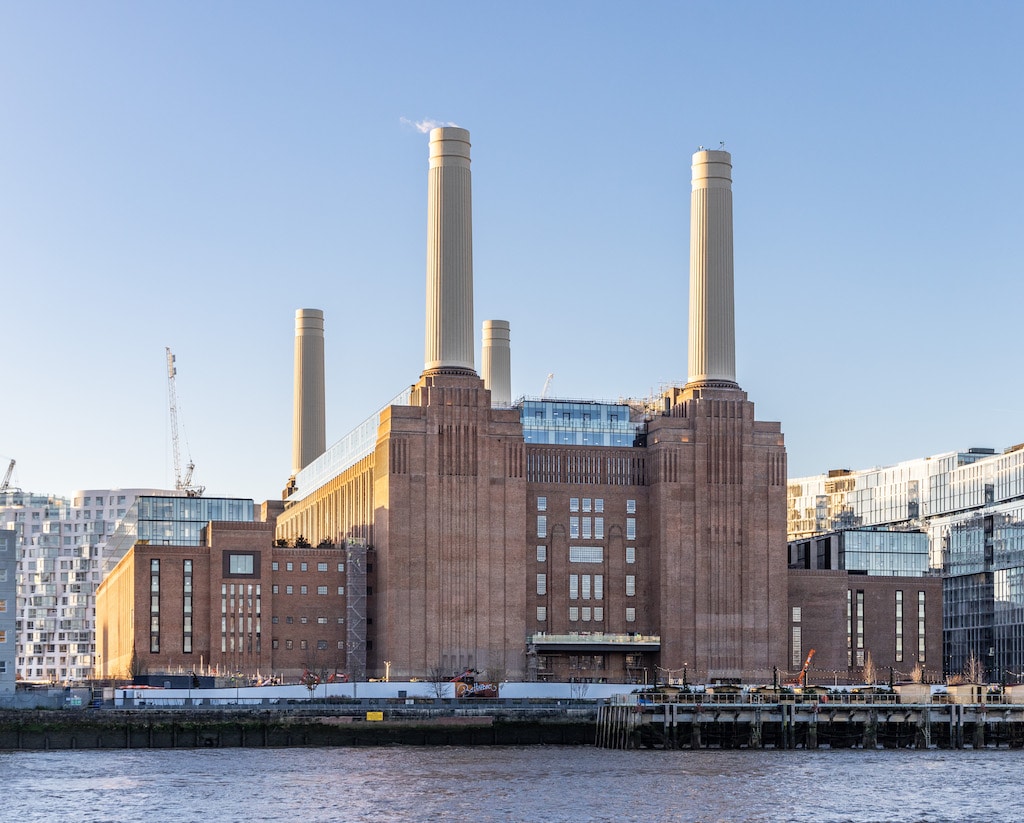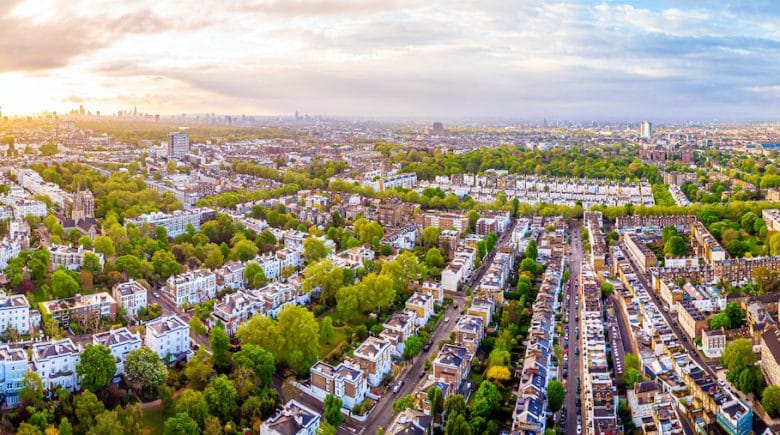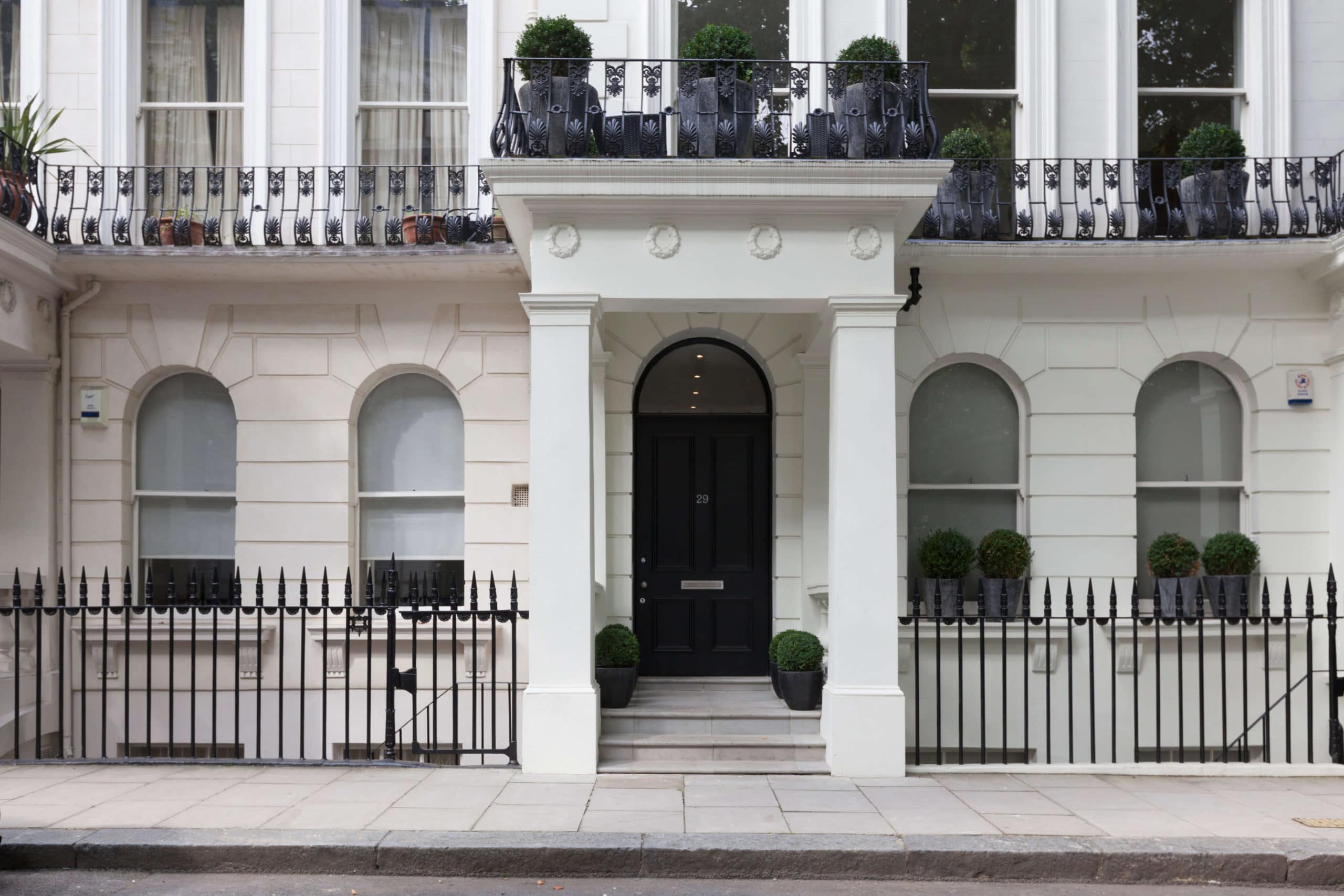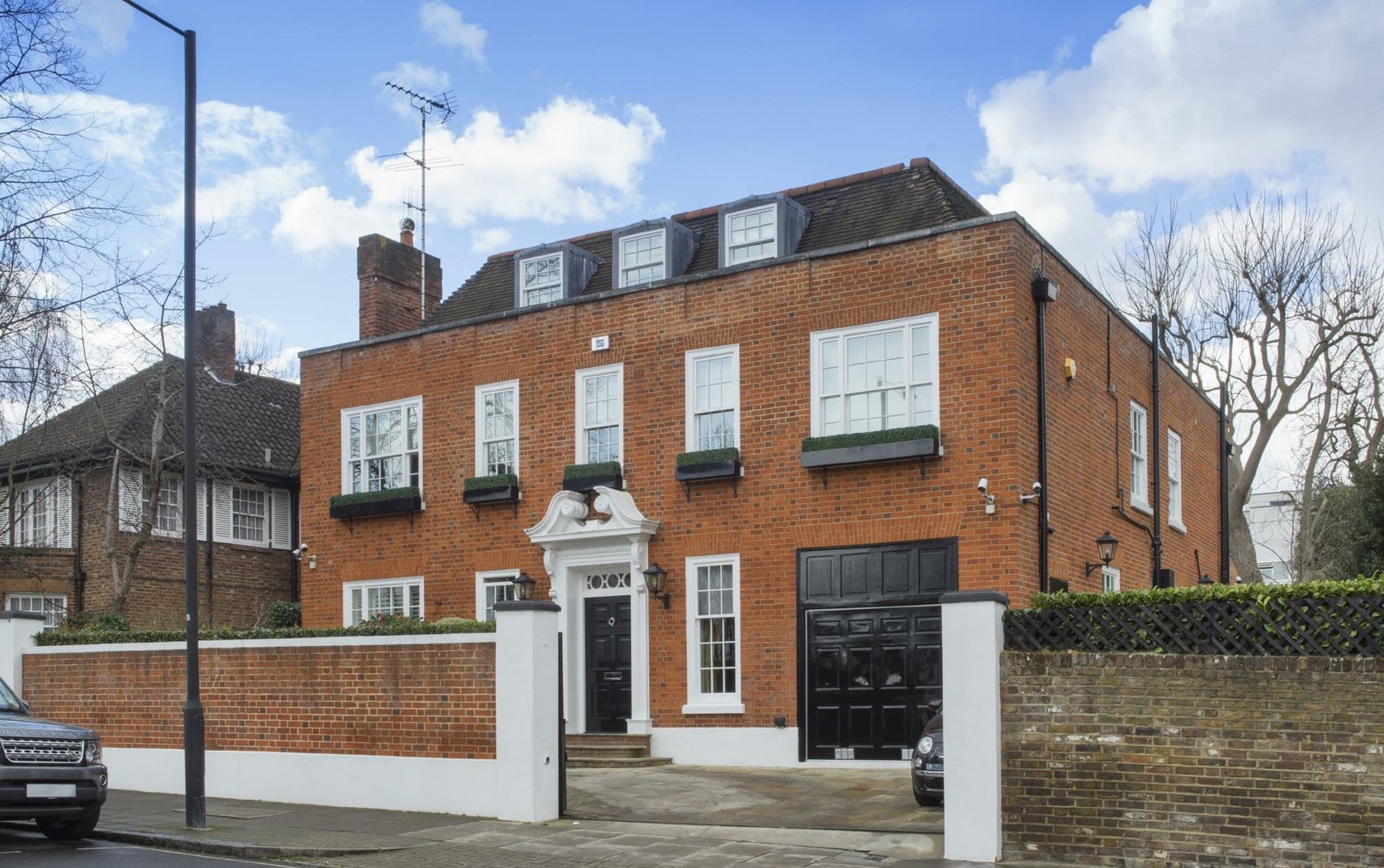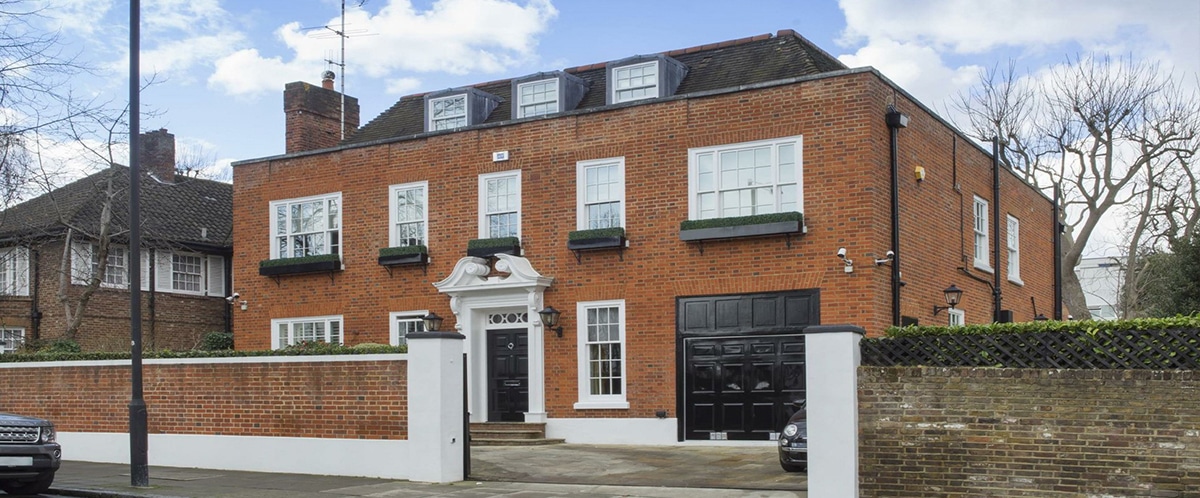Looking for our 2024 guide? Our updated insights on London’s prime property market can be found here
North Kensington, Herne Hill, Mayfair, St John’s Wood and Acton have been picked out as the top places to buy in London this year.
PCL acquisition firm Black Brick – which bought almost £100mn worth of property on behalf of its clients in 2022 – has come up with the list of neighbourhoods to help buyers choose a location “with the staying power to ride out the inevitable ups and downs of the housing cycle”.
Mayfair makes the cut in PCL, having “firmly overtaken Knightsbridge as the place to be”. Low supply and strong demand means prices are “likely to withstand any economic shocks the year may bring”, said the firm, and the arrival of Crossrail has provided another big boost.
Elsewhere, buyers priced out of Notting Hill are directed to nearby North Ken, while Herne Hill is the top pick for the “dogs and sprogs” crowd south of the river, on account of its fine housing stock and plentiful green space.
Here’s the team explaining the rationale behind the selections…
Prime Central London: Mayfair
This roughly one mile square grid of streets and squares has been a prime London address ever since the late 17th century and clever curation of its public spaces and shopping streets means that when it comes to PCL Mayfair has firmly overtaken Knightsbridge as the place to be.
Stock is in short supply, and demand remains strong from both domestic and international buyers. Add to that the fact that few Mayfair vendors will be in a position of having to sell, means prices are likely to withstand any economic shocks the year may bring.
“Mayfair is one of those places where buyers are willing to pay a premium to live,” said Camilla Dell, managing partner of Black Brick. “They don’t expect to get big discounts.”
Homes range from elegant townhouses to modern, ultra-luxury apartment buildings like Clarges Mayfair, Burlington Gate, and 1, Grosvenor Square. The average sale price stands at £4.3m according to data from Rightmove.
“One of the key things about Mayfair is the huge amount of investment that has been put into the area by the Grosvenor Estate – they are very particular about things like which shops go into Mount Street and – and there has also been a real explosion of exclusive new private members clubs and restaurants,” said Dell.
The delayed opening of the new Crossrail line at Bond Street in October has given Mayfair an extra fillip.
“It will really appeal to buyers who come in and out of Heathrow,” said Black Brick property consultant Tom Kain.
Prime London Fringes: North Kensington
Samantha and David Cameron were early adopters of the W10 postcode, only leaving their family home to move into Downing Street in 2010.
Since then, North Ken has been on a quiet ascent.
Golborne Road Market is a more peaceful, less tourist flooded, and altogether hipper alternative to Portobello Road, with pretty stalls and food trucks, artisanal cafes, restaurants, vintage shops, and boutiques.
This fact has not gone unnoticed by young British, European, and American buyers looking for a buzzy new neighbourhood to call home. And they are also cottoning on to the fact that they can get great value for money compared to Notting Hill, less than a mile away.
“In W10, a really smart property would sell for around £1,400 to £1,500 per sq ft,” said Kain.
“A similar property in Notting Hill could cost anywhere from £4,000 to £5,000 per sq ft”.
Up and Coming London Village: Herne Hill
In the 1780s streets of fine houses were built in Herne Hill by wealthy merchants and bankers, earning it the nickname the “Belgravia of south London”.
In more recent years it Herne Hill was overshadowed by the hipsterfication of its nearest neighbours, Brixton and Peckham. But as property prices there have swelled so buyers looking for value for money have started to explore Herne Hill.
What they have found is good quality period houses, plentiful green space, and an increasingly impressive range of gastropubs and restaurants. Little wonder that a ripple of young families – the “dogs and sprogs” crowd – looking for space and quality of life have adopted Herne Hill.
The most famous of these are, of course, Boris and Carrie Johnson, who are reported to have chosen a Edwardian villa on Stradella Road as their post-Westminster home.
The average sale price of apartments in Herne Hill last year was just under £500,000 according to Rightmove, with semi detached houses selling at close to £1.5m. Prices are now 10 per cent up on pre pandemic levels.
Prime Outer London: St John’s Wood
The jewel in the crown of north London, St John’s Wood with its affluent high street, amazing schools, and beautiful white stucco villas has long been a popular roost for families who tend to stay put for decades.
“St John’s Wood has done really exceptionally well over the last 18 to 24 months,” said Dell.
The current average price for a flat in NW8 stands at just under £1.2m according to Rightmove, while semi detached houses fetch an average of just over £4.2m. And current sale prices are up 11 per cent compared to the 2018 peak.
Beyond average prices, there have been some really super prime deals struck over the past couple of years. Three houses on the area’s premier street, Hamilton Terrace sold for north of £20m, while unmodernised properties on the almost equally sought after Avenue Road are now trading for an exceptional £3,000 per sq ft.
“I think we will definitely see prices plateau this year, but this is the sort of area where people don’t need to sell if they don’t get the right price, so I don’t think we will see a drop off either,” said Dell.
Historically one thing that SJW has lacked is prime apartment buildings to tempt local homeowners to downsize. Most local stock consists of dated mansion blocks.
There is clearly latent demand: homes at One St John’s Wood, a 12 storey building opposite Lord’s Cricket Ground, which completed in 2022, sold strongly at prices starting from £2.6m.
And in November preparatory work finally started on the redevelopment of the St John’s Wood Barracks, which has been in the works for more than a decade. This 2.2-hectare site, formerly the headquarters for the Royal Horse Artillery, will bring 179 brand new homes to the market.
Crossrail Outperformer: Acton
Ever since it was announced that London was to get a new train line, smart buyers have been eyeing this Victorian suburb as a natural step out from Notting Hill or Holland Park.
And now that it is up and running its super-fast train links to the City and Canary Wharf are starting to tempt buyers who might once have preferred to live in Islington or Clerkenwell.
When the line is fully operational journeys to the City will take just over a quarter of an hour, and travellers can be in the West End in ten minutes.
These new arrivals have helped hike house prices in Acton by 59 per cent between 2012, when work on Crossrail began, and last year. And they have also contributed to a groundswell of organic local regeneration which is in the throes of transforming Acton from rather bland backwater into the new East Dulwich.
Its de-facto high street, Churchfield Road, has become a hotspot for interesting independent shops and restaurants, galleries and gastropubs, many founded by new locals.
Acton has already had its fair share of investment – the £800m regeneration of the South Acton Estate to name but one – and more is to come. Transport for London is poised to start work on a £1bn scheme to build 850 new homes, plus offices, shops, and restaurants, close to the station which will give the gateway to Acton just the face lift it needs.












